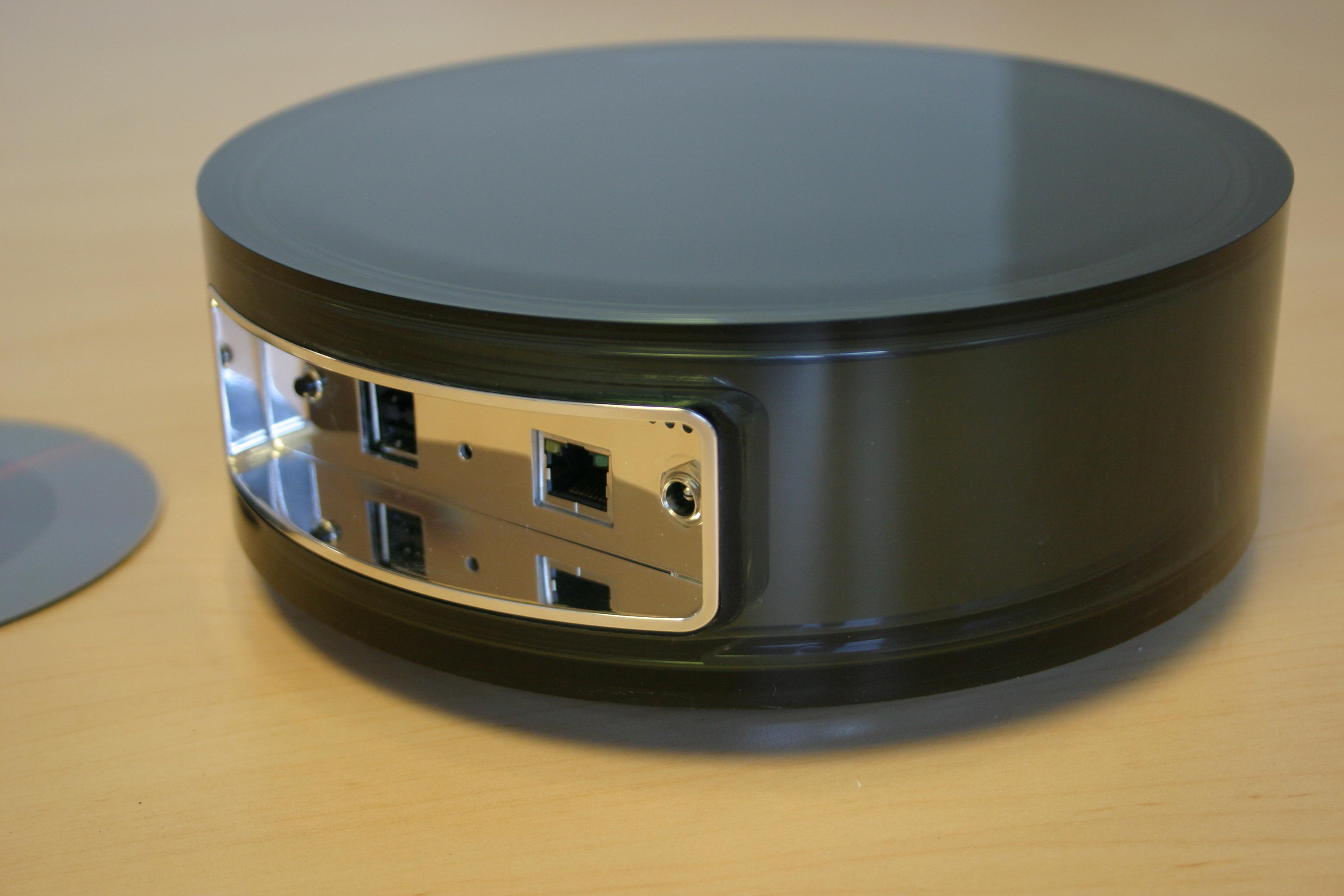Microsoft 'Quattro': Fourth time's the charm

"Quattro," a k a Windows Home Server, has been a puzzle to me, in terms of its codename. It didn't seem to fit with the other members of the Windows Server family: Longhorn Server, Cougar, Centro, etc.

Kindel said he first began mulling the idea for a Home Server type product back in 1999, when he was a group manager on the consumer Windows home networking team. (The home networking code was codenamed "Neptune.")
"I started developing big thoughts on home server even back then," Kindel said. "The (powers that be) were sort of interested, but they had other priorities."
Next, while a member of the Microsoft hardware group, Kindel again pitched an idea for a home server that would be the hub of a home-automation system. It would be an always-on device that would provide centralized management of computing and other kinds of devices. No go.
Next, the "PVR (personal video recorder) became interesting around this time," Kindel recalled, helping give birth to the Media Center Extender concept. As a member of the Windows Media Center team, Kindel again contemplated what a Home Server might look like and how it would differ from Media Center.
"That was my third try," he said.
Kindel subsequently become Windows Server Chief Bob Muglia's technical assistant. And Muglia "gave me the opportunity to think about this again," Kindel said. In the first quarter of 2004, "Quattro," Kindel's fourth pass at a Home Server product, got the executive OK.
(How many are on the team now? Kindel declined to specify, other than to say "the team is big enough to build a product like this.")
In the name of simplicity, the Home Server was rechristened as codename "Q" some time before Microsoft went public with its Windows Server plans in January, Kindel said.
Could Kindel have pitched Home Server as a product powered by an embedded operating system?
"We want there to be a device-like experience," he said, "so we could have gone the embedded Os route. It would have been more of a traditional way to build it. But we saw the value of a general-purpose OS that didn't need to rip major things out, and would allow partners to innovate on top of it in a major way."